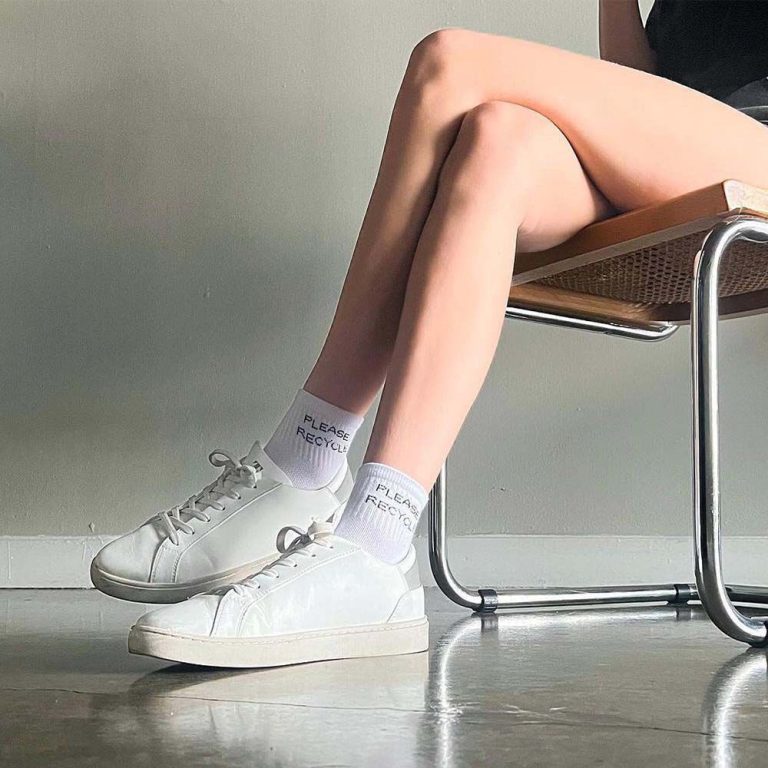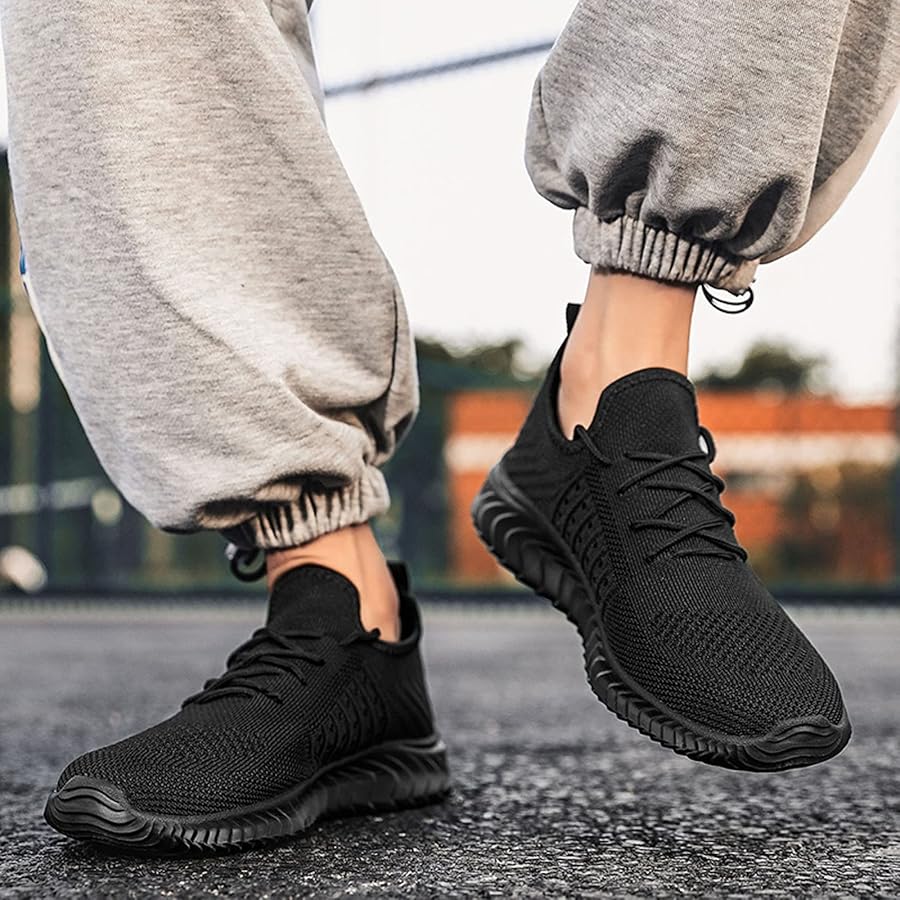
Picking Trail Running Shoes That Fit Perfectly
Importance of Choosing the Right Trail Running Shoes
Selecting the appropriate trail running shoes is crucial for several reasons. The right shoes offer comfort and enhance performance, while also decreasing the risk of injuries. Ill-fitting shoes can cause blisters, discomfort, and instability, potentially leading to accidents or longer-term health issues. Proper trail shoes support your feet’s unique shape and accommodate for various terrain challenges. How should trail running shoes fit?
They are engineered to withstand the diverse and demanding conditions of trail running, providing grip, protection, and stability where regular running shoes fall short. Ultimately, choosing the right trail running shoes is about ensuring a fusion of comfort, protection, and alignment with your running style and the terrains you tackle. This can greatly influence both your enjoyment and success in trail running.
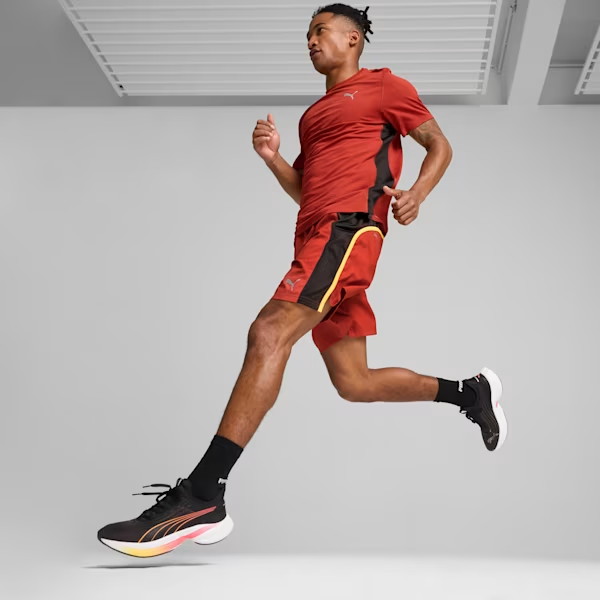
Key Features to Look for in Trail Running Shoes
Choosing the right trail running shoes involves several key factors. You must consider the outsole, cushioning, heel drop, breathability, toe box width, and overall fit. These features work together to give you the right balance of comfort, stability, and protection. By focusing on these aspects, you can find shoes that will support your feet properly and improve your running experience.
Outsole and Traction Needs
The outsole provides grip on various terrains. Look for lugs suitable for your typical trails. Deeper lugs aid in muddy conditions, while tighter ones suit hard-packed trails.
Cushioning and Stack Height
Cushioning affects comfort and ground feel. A high stack height offers more cushion but can reduce stability. Choose based on your preference for cushioning and trail sensitivity.
Heel Drop and Running Style Adaptation
Heel drop influences your stride. A lower drop can promote a more natural foot strike. Select heel drop based on your running style and comfort.
Breathability and Upper Construction
Shoes should allow sweat to escape to keep feet dry. Uppers should be durable yet breathable, especially for long runs or warm conditions.
Toe Box Width for Comfort and Performance
A wide toe box lets toes spread, enhancing stability and comfort. Ensure there is enough room for toes without excess space.
Fit and Sizing Tips for Trail Shoes
Proper fit avoids blisters and discomfort. Make sure there’s thumb-width space at the toe and a secure heel fit. Try shoes with running-specific socks for the best fit assurance.
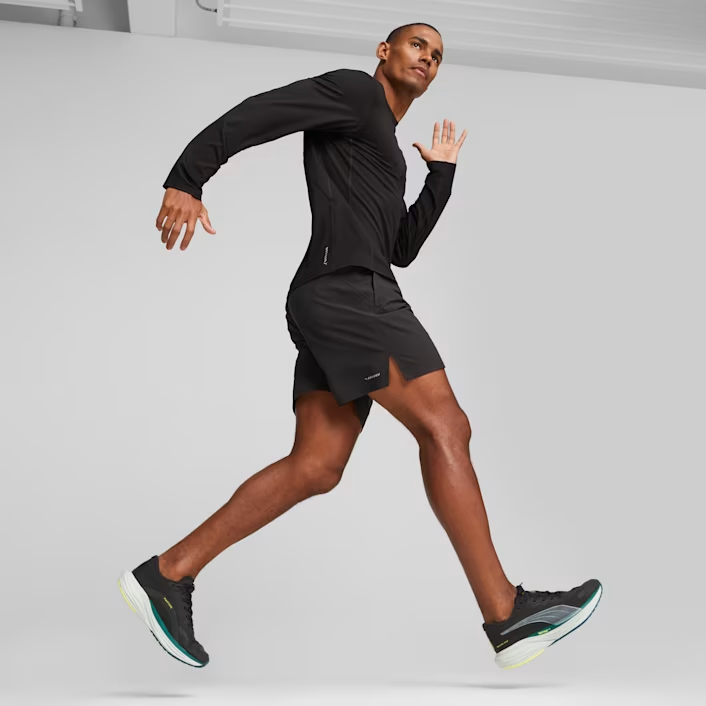
How Personal Preference Influences Trail Shoe Choice
When selecting trail running shoes, personal comfort is key. As runners, we must consider what feels right for us. Amount of cushioning, heel drop, and toe box width are imperative for individual comfort. It’s essential to try different shoes to discover the perfect match. You may prefer a snug fit or a roomier feel based on your running style.
Preferences also reflect in outsole choice. Some runners prefer aggressive lugs for grip, while others opt for less prominent treads for speed. Breathability is subjective; some value a cooler shoe over a sturdier one. Personal preference will guide you to shoes that complement your unique running experience.
Remember, our feet are unique. They demand shoes that fit our anatomy and running patterns. A shoe that supports one’s specific arch type and foot shape is crucial. Consider any previous injuries or specific requirements you might have. For example, if you have a tendency to pronate, you’ll need a shoe that offers stability.
Ultimately, the selection process is personal. It includes testing various shoes and understanding how features impact your run. Start with comfort and performance requirements, then look for shoes that meet those needs. A shoe that feels right boosts confidence and enjoyment on the trail.
Trail Shoe Options for Different Types of Runners
Different trail runners need diverse shoes. Newbies, speedsters, and ultra-distance athletes all have unique needs. Below, explore tailored shoe recommendations for varied trail runners.
Recommendations for New Trail Runners
If you’re new to trail running, comfort and support are key. Look for shoes with:
- Moderate cushioning to absorb shocks.
- Good traction to handle varied terrains.
- Proper fit – not too tight, not too loose.
- Sturdy construction to withstand trail demands.
Start with a shoe that feels stable and gives confidence as you learn.
Suggestions for Experienced Speed-Focused Runners
Speed-minded trail runners aim for:
- Lighter shoes for agility and speed.
- Minimal lug depth for quick, firm foot placement.
- Lower cushioning for better ground feel.
- Snug fits to prevent foot shift during fast turns.
Choose aggressive options only if they sync with your running style and local trails.
Options for Ultra-Distance Runners
Ultra-distance runners prioritize:
- High cushioning for long-term comfort.
- Spacious toe boxes to reduce toe pinch over miles.
- Secure fit to minimize blisters over extended periods.
- Durable materials to last for countless runs.
Select shoes that help maintain foot health across vast distances.
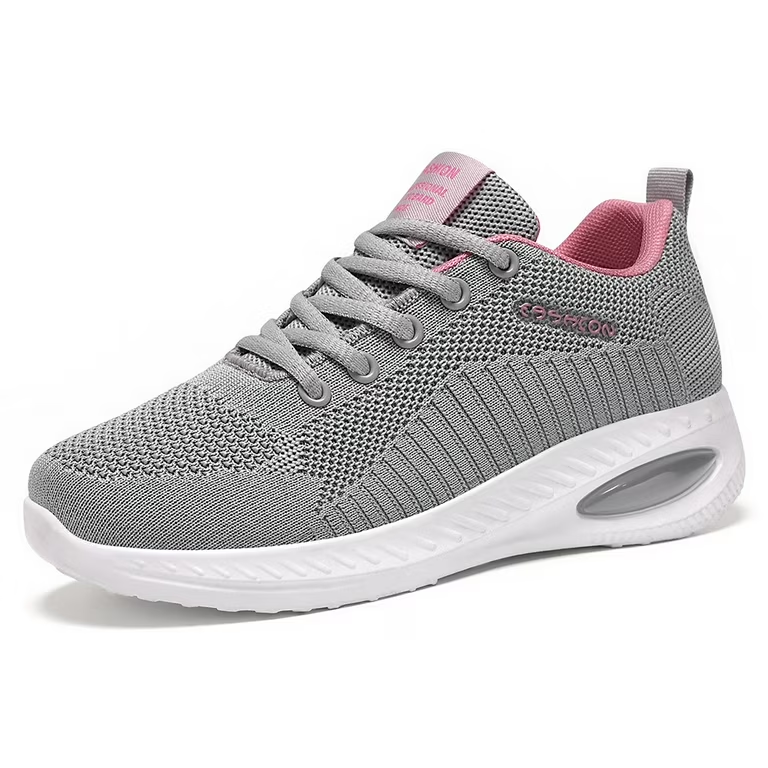
Fine-Tuning Your Fit: Lacing Techniques and Insoles
Fine-tuning your trail running shoes’ fit can get the best comfort and support. Optimal lacing techniques and the right insoles make a huge difference. Here’s what to consider for a personalized fit.
Lacing Techniques for Improved Foot Support
Different lacing methods can enhance shoe fit. Cross-lacing provides tight midfoot grip, great for narrow feet. Parallel lacing offers a looser fit, suited for wider feet. Experiment with lacing patterns to find what secures your feet without causing pressure points.
Selecting Insoles for Extra Cushioning and Support
Insoles can upgrade your shoe’s comfort. They offer additional arch support and cushioning. Choose insoles based on your arch type and any foot issues. Remember, custom insoles can be pricey but are a sound investment for your feet’s health while running trails.
The Interplay Between Lacing and Insoles
Mind how lacing and insoles work together. Thick insoles need looser lacing to allow your feet space. With thin insoles, you might prefer tighter lacing for stability.
Tips for Lacing With Insoles
Always lace your shoes while standing. This ensures your feet are naturally spread as they would be while running. Begin lacing at the toes and adjust through to the top. Secure, but not too tight is the goal.
Perfecting your fit with lacing techniques and insoles customizes your trail running experience. It’s a simple way to improve performance and comfort on the trails.
The Role of Terrain Type in Picking Your Trail Shoes
Choosing the right trail running shoes often depends on the terrain you’ll face. Different trail surfaces require various shoe features for optimal performance and safety.
Best Options for Muddy or Loose Terrain
For muddy or loose trails, your shoes need deep lugs for grip. Shoes like the Salomon Speedcross, known for aggressive soles, are ideal. Waterproof uppers can also be beneficial in wet conditions, keeping feet drier.
Choices for Hard-Packed or Dry Trails
On hard-packed or dry trails, look for shoes with a firmer grip and less aggressive lugs. Models like the Nike Pegasus Trail offer smoother soles that balance traction with speed. These are great for trails in drier climates where mud isn’t a concern.

Transitioning to Trail Running Shoes from Road Shoes
Transitioning from road running shoes to trail running shoes involves a few key adaptations. Here are some steps to make the switch smoother and more beneficial for your trail running adventures:
Understand the Key Differences
Trail shoes differ from road shoes in several ways. They have better traction, more foot protection, and are designed for off-road stability. Recognize that trail shoes will feel different on your feet, often with more aggressive tread patterns and a sturdier construction.
Start with a Similar Heel Drop
If comfortable with your road shoe’s heel drop, find trail shoes with a similar drop. This eases the transition and reduces the risk of strain. Eventually, you can experiment with different drops to suit your trail running technique.
Gradually Increase Mileage
Don’t switch to long trail runs immediately. Start with shorter distances on trails to let your feet and body adapt. Gradually increase your trail mileage as you become more comfortable with your new shoes and the varied terrain.
Pay Attention to Fit
Ensure your trail shoes fit well. There should be enough room to prevent toe bumping and a snug fit to avoid slippage. Try them on with the socks you plan to run in and lace them firmly but not too tight.
Listen to Your Body
Pay attention to any new aches or pains. Your body will tell you if the transition is too fast or if the shoes are not suitable. Adjust your pace or footwear as needed to stay comfortable and injury-free.
By carefully selecting your trail running shoes and allowing time for adaptation, you’ll enjoy the trails with confidence and comfort. Remember that each runner’s transition is unique, so find what works best for you.
